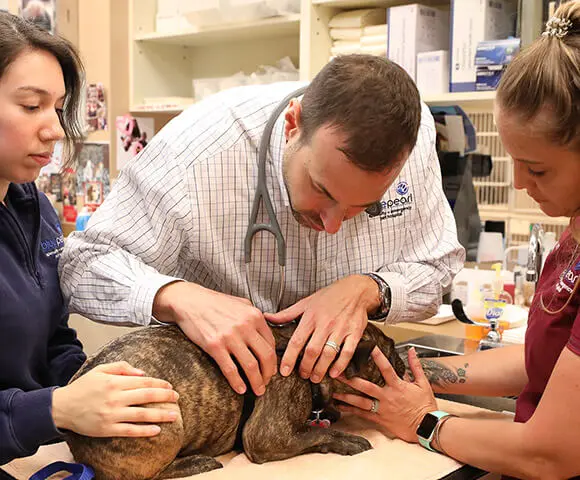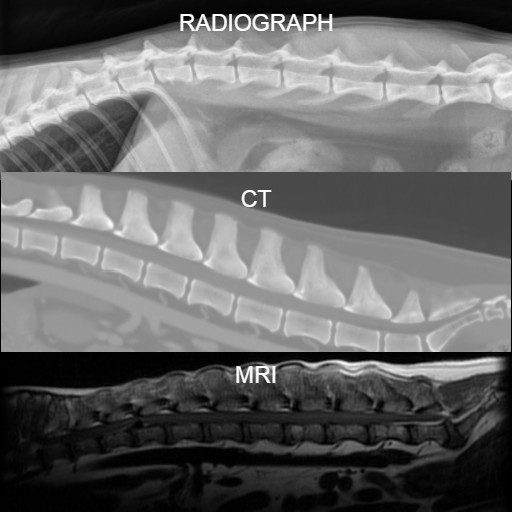BluePearl Vet Provides Tips for Detecting and Reducing Cancer Risks
Each year, veterinary oncologists at BluePearl Specialty and Emergency Pet Hospital consult with approximately 19,800 pets for issues related to cancer.
While there are several options for treating pets with cancer, including surgery, chemotherapy, immunotherapy, and radiation, cancer is one of the most common disease-related causes of death for dogs and cats. In fact, up to 50 percent of dogs and cats may be diagnosed with cancer in their lifetime.

November is National Pet Cancer Awareness Month, so to help educate pet owners on the signs of cancer and ways to reduce the risk Joshua Lachowicz, DVM, DACVIM, board certified veterinary oncologist and medical director of BluePearl in Queens, NY, is offering a few expert tips.
Cancer is more common in dogs than cats. But when we see cancer in cats, it may be in a more aggressive form,” explained Dr. Lachowicz. “Because cats are inherently deceptive and experts at hiding illness, their cancer tends to be more progressed when it is diagnosed. That’s just one of the many reasons it is important to have your pet screened regularly by a veterinarian, and that you as the pet owner, are educated on the possible symptoms of cancer.”
Cancer is a disease that tends to have a better prognosis the earlier it is diagnosed, so it is important for pet owners to know the warning signs. Dr. Lachowicz says the two most common signs to look for are growing lumps or sores that fail to heal.
Warning signs of cancer in cats and dogs include:
- Persistent or abnormal swelling.
- Sores that do not heal.
- Loss of weight and/or loss of appetite.
- Bleeding or abnormal discharge from any body opening.
- Difficulty eating or swallowing.
- Lethargy or loss of stamina.
- Persistent lameness or stiffness.
- Difficulty urinating, defecating, or breathing.
When normal bodily functions such as breathing, swallowing, or going to the bathroom become labored or painful, have your pet checked out. Sudden, extreme discomfort or pain are common signs of illness or injury in pets that shouldn’t be ignored,” said Dr. Lachowicz.
Reduce the Risk
While it is hard to prove “cause and effect,” Dr. Lachowicz says there are some environmental influences that may contribute to the development of pet cancer. Some proactive measures that owners can take to help reduce the risk of pet cancer include:
- Keep your pet at a healthy weight. Provide nutrient-dense food that includes all the essential minerals and vitamins that a cat or dog’s body needs to stay healthy, strong and energetic.
- Spay or neuter at an appropriate age.
- Minimize exposure to carcinogens and other toxins. This includes secondhand smoke, pesticides and herbicides, which have been associated with increased risk of some cancers. Carcinogens in cigarette smoke can be deposited on a dog or cat’s fur. When they groom or lick themselves or another animal, they unintentionally ingest these carcinogens, which can cause oral tumor development.
- Maintain routine examinations. Pets should receive annual checkups by a veterinarian. Geriatric pets, however, should receive veterinary exams every six months, since the risk of developing cancer increases with age (some resources suggest about half of dogs over the age of 10 develop some form of cancer). Exams that include blood and urine tests can lead to early detection of cancer—even if the dog or cat may not show physical or behavioral symptoms of illness. If cancer is caught early, treatment is less aggressive and more likely to result in remission or a cure.


